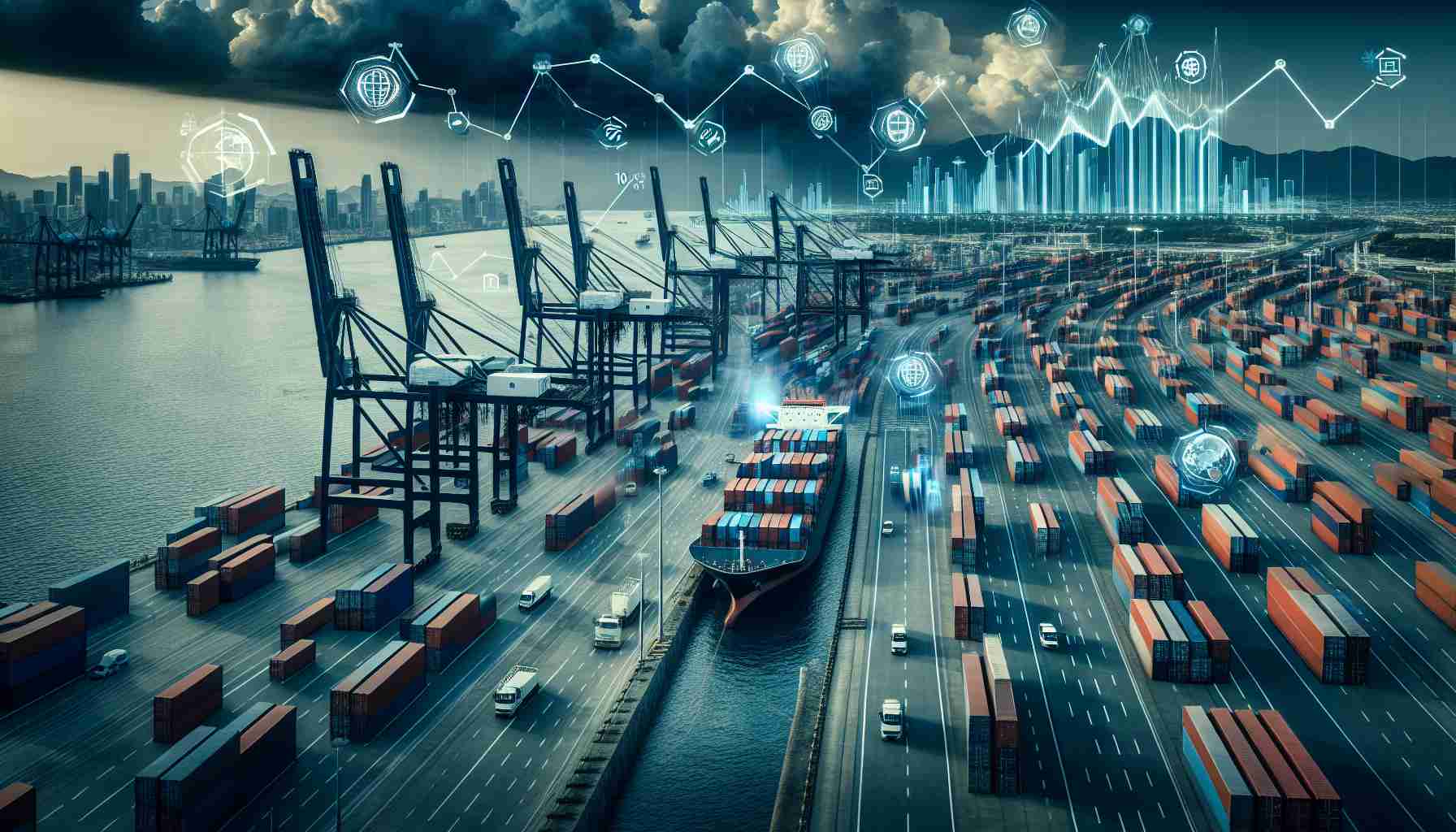Logistics Firms Racing Against Time
As the clock ticks closer to the looming port strike scheduled to commence after midnight, the urgency to clear out an estimated $14 billion in trade reaches a fever pitch. With major ports along the East Coast and Gulf Coast in tumult, the delicate balance of the U.S. economy hangs in the balance.
Data Reveals the Stark Reality
An analysis of Bills of Lading at 14 key ports unveiled the arrival of over 54,000 cargo units last Friday alone, amounting to a staggering $2.7 billion in trade value. The Customs records show that in the week leading up to the strike, an approximate of 273,000 units valued at $13.67 billion were processed through these ports, highlighting the monumental challenge at hand.
Implications for Businesses
The ripple effects of a potential strike reverberate beyond the immediate docks, as it is estimated that a port closure lasting just one week could disrupt nearly half of all containerized goods entering the U.S. Amidst concerns of escalating freight rates and stockpiled containers, businesses are urged to strategize and expedite their logistical operations to minimize the impact on their supply chains.
Political and Economic Ramifications
As the specter of a strike looms, the Biden administration grapples with the weighty decision of intervention while stakeholders warn of the adverse effects on inflation and consumer prices. The dynamic interplay between labor unions, port operators, and government bodies underscores a critical juncture in the stability of both the transportation industry and the broader economy.
New Facts Unveiled Amidst Impending Port Strike Crisis
The imminent threat of a port strike in the U.S. has uncovered new layers of complexity within the intricate web of trade and logistics. While the previous article shed light on the urgent race against time to clear out billions in trade, additional data and considerations come into play as the clock ticks closer to the impending disruption.
Unveiling Hidden Realities
Recent findings indicate that the majority of perishable goods, including fresh produce and pharmaceuticals, rely heavily on timely port operations. A prolonged strike could result in significant supply chain disruptions, leading to potential shortages of essential goods across the country. This raises critical questions about the resilience of the nation’s supply chains and the fragility of certain industries in the face of such disruptions.
Key Questions Arise
– How will the port strike impact small businesses that heavily rely on imported goods?
– What measures are being taken to mitigate the potential economic fallout from the disruption?
– Are there alternative transportation routes or contingency plans in place to alleviate the strain on affected industries?
– What role does government intervention play in resolving labor disputes that escalate to the point of threatening national economic stability?
Challenges and Controversies
One of the key challenges associated with the impending port strike is the potential domino effect it could have on various sectors of the economy. Disruptions in the flow of goods can lead to higher prices for consumers, reduced competitiveness for businesses, and overall economic uncertainty. Simultaneously, the controversy surrounding labor rights, working conditions, and fair wages for port workers adds another layer of complexity to the situation.
Advantages and Disadvantages
On one hand, the looming threat of a port strike serves as a wake-up call for stakeholders to reassess their resilience and preparedness for supply chain disruptions. It prompts businesses to enhance their contingency plans and diversify their sourcing strategies to reduce reliance on a single mode of transport. However, the disadvantage lies in the potential economic losses, market instability, and long-term repercussions that could arise from a prolonged strike scenario.
For further insights into the evolving impact of the impending port strike on the U.S. economy, visit the U.S. Bureau of Labor Statistics.



